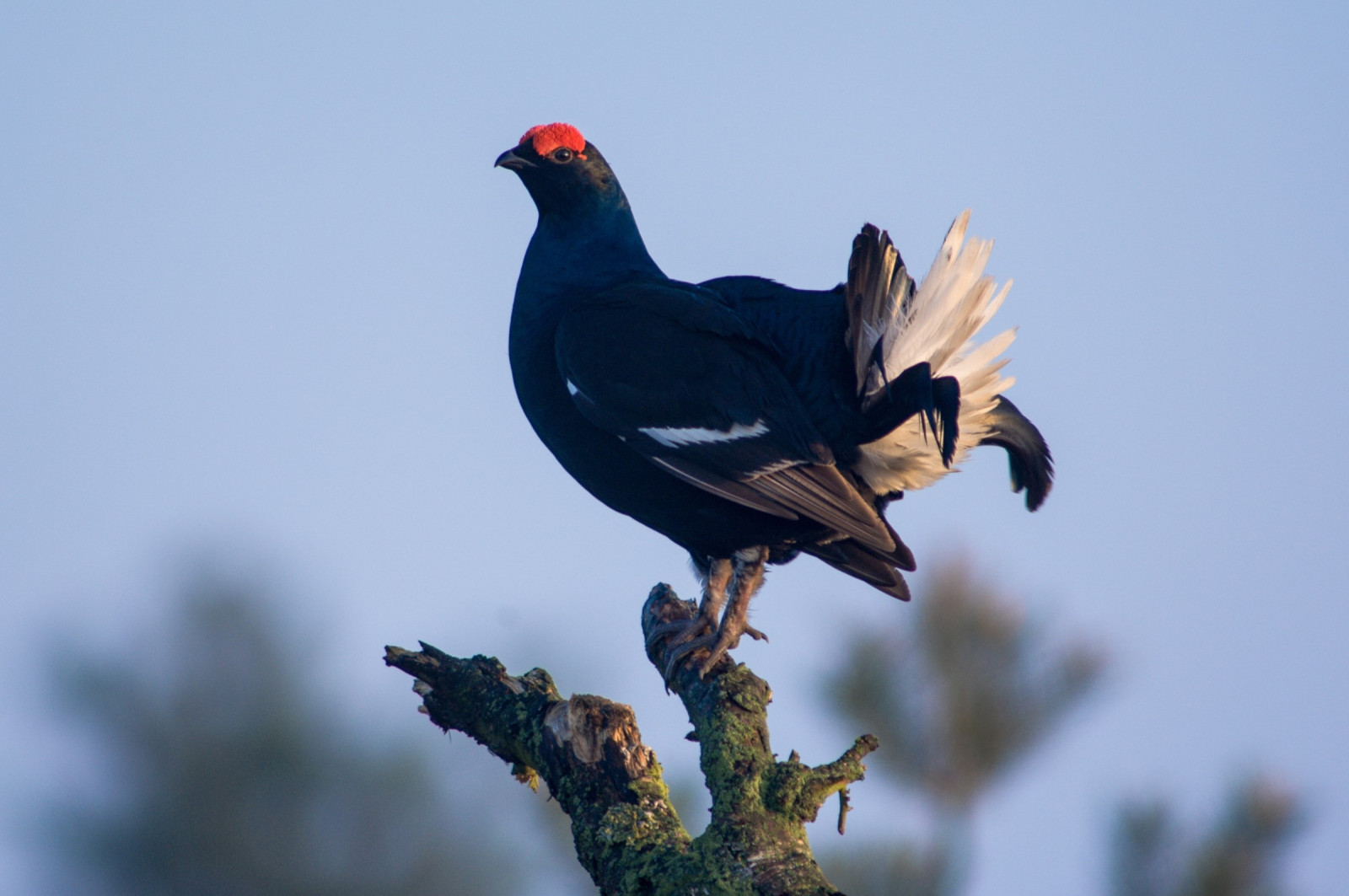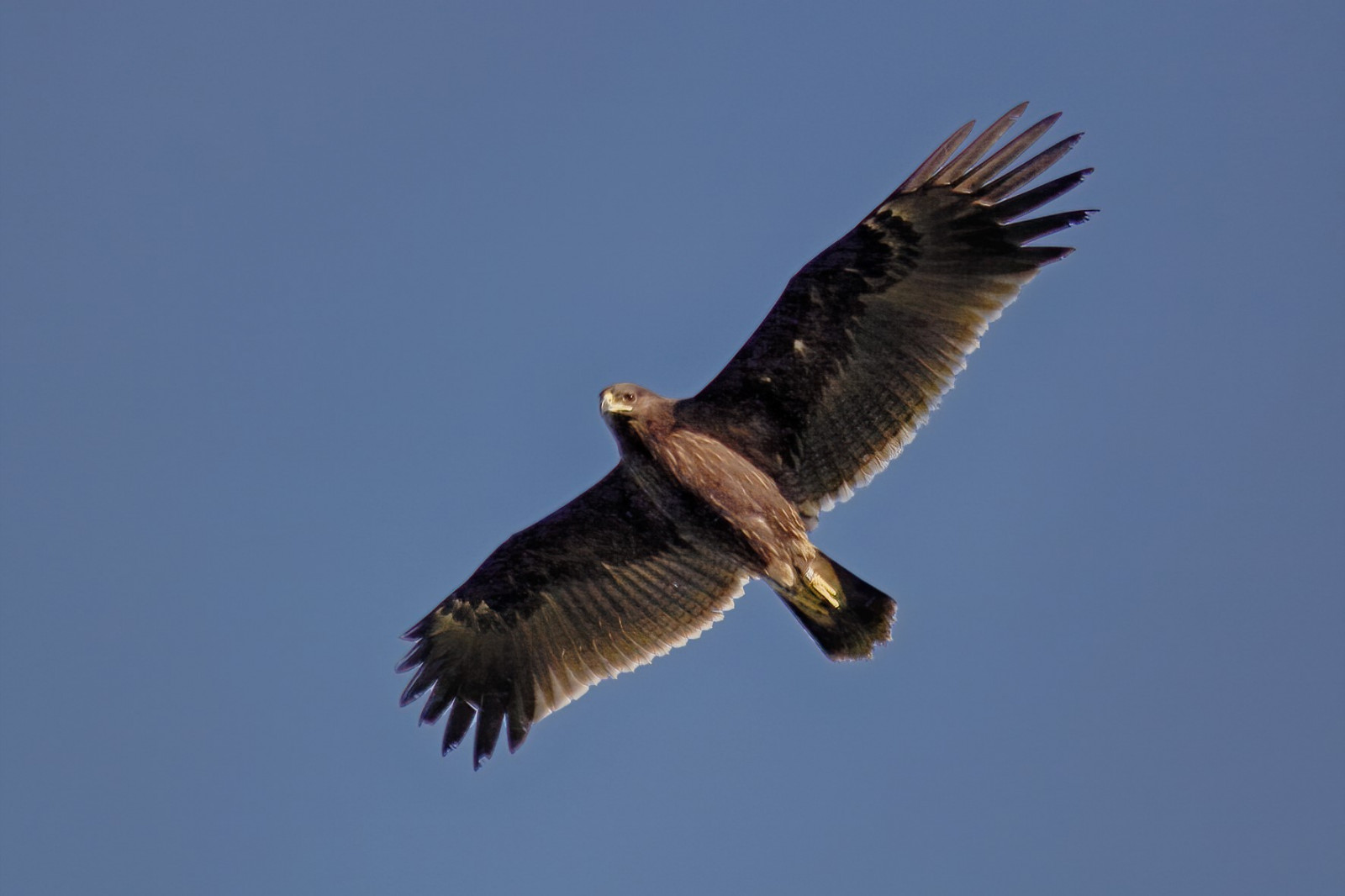Opis
Biebrzański National Park is home to wodniczka and orlik grubodzioby, both rare spieces of bird in danger of excintion, that have breeding grounds here. You can also encounter dubelt, cietrzew, dziwonia, podróżniczek, puchacz and uszatka błotna.
The area of river Biebrza valley is swampy, and has a little of forested places. There are a lot of trails made for nature lovers and birdwatchers, like wooden footbridge called "Długa Luka" or "Kanał Rudzki".
In my opinion, the best trail in the national park for birdwatchers is "Biały Grąd". There is a observation tower and 3-kilometers long way through marshes and meadows. I had the pleasure to photograph bocian czarny and zausznik there.
Szczegóły
Dostęp
The best way to explore this place for birdwatchers is walking, but you must use a car to get there. There are a few parking places along a main road in the National Park, called "Carska droga", and directly from those you could get to the footbridges and trails, for example "Długa Luka" or "Grobla Honczarowska". There is a observation tower near this road, too, and there is a beautiful view for "Bagno Ławki" from there. There is a high probability to see moose or uszatka błotna there. On the map I have indicated different walks and observation towers. Click on a P in the map to get directions to that specific area.
Teren i siedlisko
Tereny podmokłe , Błota , Rzeka , Dolina , Trzcinowiska , Łąka , Rzadkie drzewa i krzewyWarunki
Otwarty krajobraz , Możliwy wysoki poziom wody , BagiennyTrasa dookoła
NieCzy luneta będzie przydatna ?
Może być przydatnaUdany sezon obserwacyjny
Wiosna , Jesień , LatoNajlepszy czas na wizytę
WiosnaTrasa
Droga utwardzonaPoziom trudności szlaku pieszego
Średnio wymagający spacerDostępne
Pieszo , RowerCzatownia/platforma obserwacyjna
TakDodatkowe informacje
I would like to add nice information for nature photographers. All of the National Park is very good for taking beautiful photos, but there is an area of meadows near the Dolistowo Stare village, where I took my best photos of czajka and łęczak.





